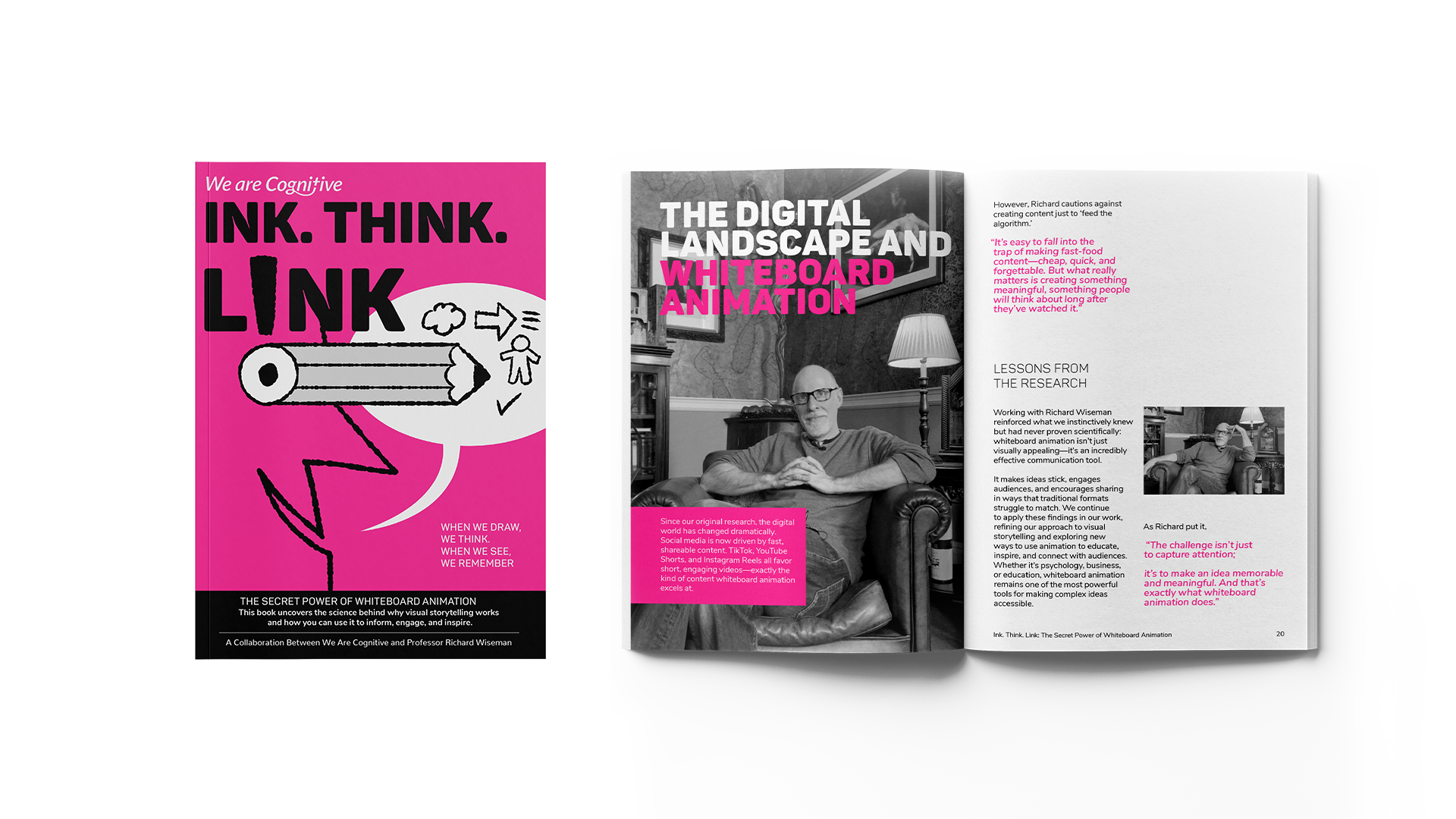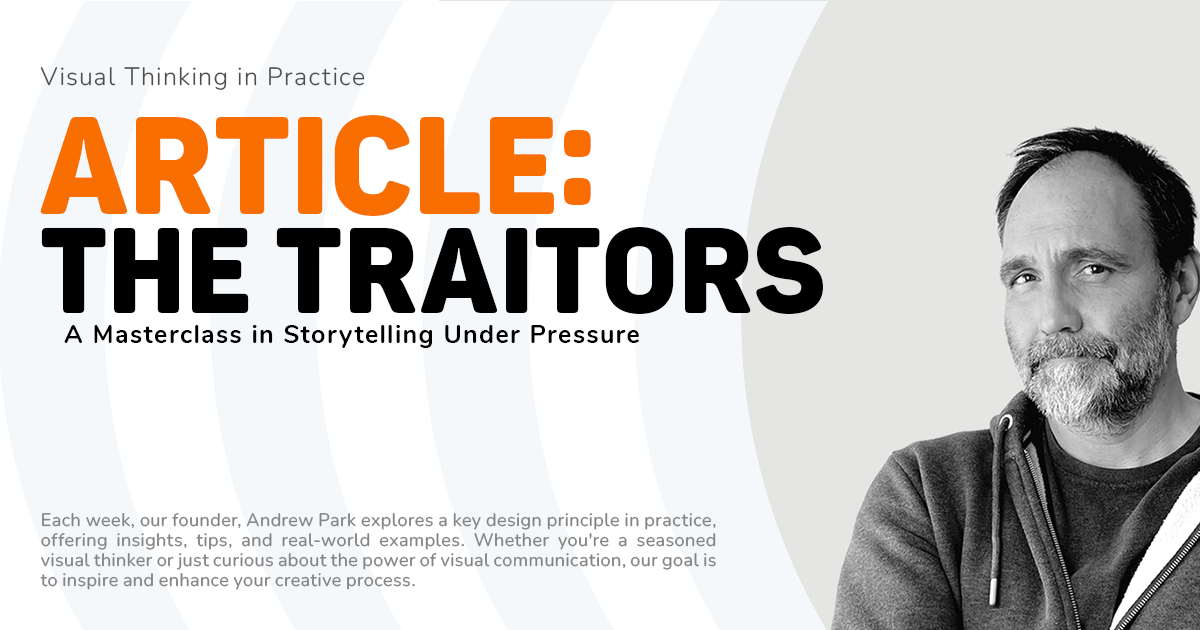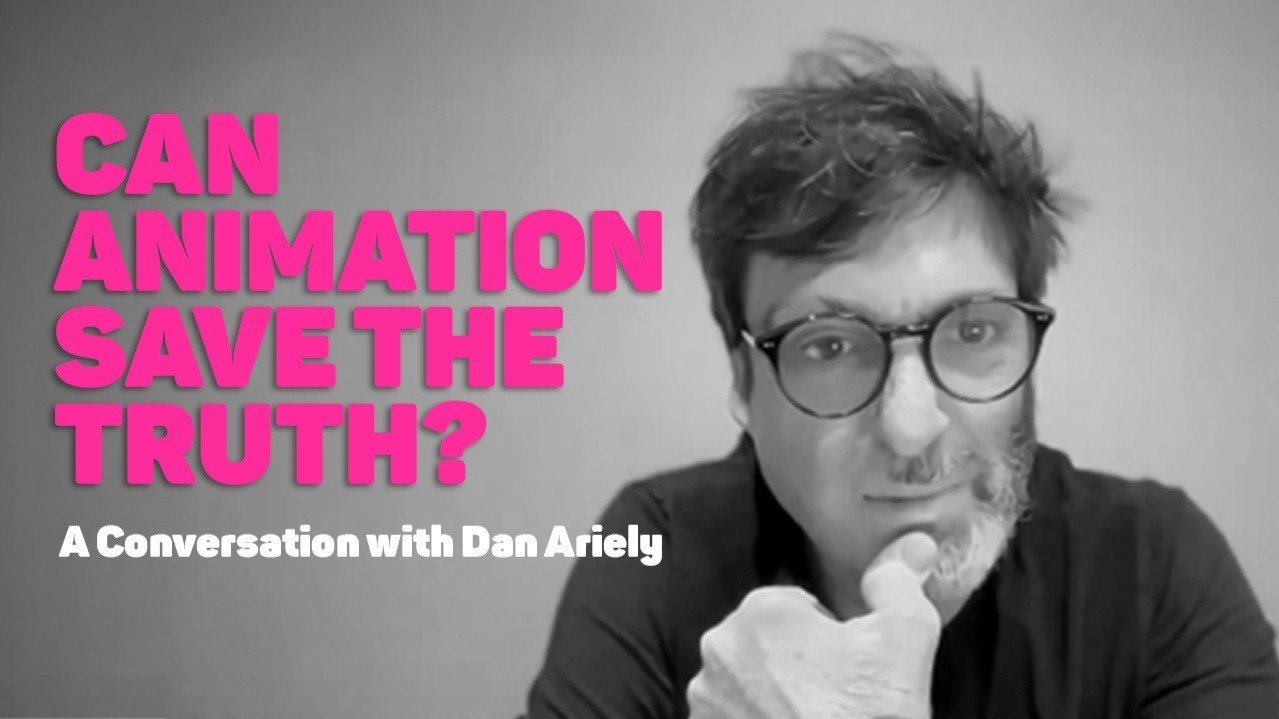Misalignment in Healthcare: The Hidden Costs
And why pictures might just be the missing prescription.
“We’re the unsung heroes...the secret tool of patient care. - The Cinderella Service.”
In healthcare, clarity isn’t a luxury, it’s a lifeline.
We all know the stakes. When communication breaks down in the NHS, it's not just systems that suffer, it’s people. Missed signals. Duplicated work. Delays that ripple out. And beneath it all? A creeping misalignment that turns well-meaning teams into disconnected silos.
But what if that cost—of miscommunication, of complexity, of never quite being on the same page—wasn’t just frustrating. What if it were fixable?
Enter Kyle Winn and the Cinderella Service.
Kyle leads one of the NHS Pathfinder projects for aseptic pharmacy services in the North East of England. His team prepares chemotherapy and monoclonal antibodies behind the scenes—it’s critical, life-saving work, but often invisible to the wider NHS. Even to colleagues down the hall.
“We’re the unsung heroes,” Kyle says, “the secret tool of patient care.” Not his words at first—they started with “secret weapon,” until a sketch reframed that idea. “Weapon” felt wrong. Cold. So we changed it. Made it visual. A Swiss Army knife: precise, adaptable, quietly essential.
That’s what this project was all about: reframing. Reconnecting. Revealing.
Three minutes that said what 40 couldn’t
Kyle and his team had tried it the usual way. PowerPoints. Reports. Forty-minute presentations. Then we made a three-minute animation.
“That film does more than explain,” Kyle said. “It sells the project. It brings people in. Staff see themselves in it. Ministers see the big picture. And patients finally see what happens behind closed doors.
Visual storytelling didn't just help them describe the pathway—it helped define it.
The cost of not showing the story?
Let’s be blunt: if people don’t understand what you do, they won’t support it.
Misalignment costs:
Nursing hours, trapped in treatment rooms instead of spent at the bedside.
Recruitment bottlenecks, because job ads don’t capture purpose.
Project delays, as trust boards hesitate on unfamiliar territory.
Burnout, as passionate people drown in explanation loops.
Kyle’s project faced all of these. And visual thinking became the breakthrough. Not as a garnish—but as a gear shift
When drawings drive decisions
A single image stuck with Kyle: a nurse trapped in an hourglass, running out of time. It became a symbol. A shared language. A rallying point.
That metaphor, drawn not said, helped shift strategy. Helped win buy-in. Helped spark conversation—not just inside the team, but with national stakeholders, policy leads, and potential recruits.
And that’s the real point: pictures don’t just decorate ideas—they align people around them.
Healthcare needs shared sight, not just shared files
Kyle’s journey is proof. Visual thinking didn’t replace strategy. It revealed it. It took a complex, highly specialised project and made it emotionally resonant, clinically accurate, and publicly compelling.
His son, aged seven, watched it and understood what Dad does at work. “There’s a job in drawing,” Kyle told him, smiling. There’s a job in clarity, too. A calling, even.
So what's the real cost of misalignment?
Lost time. Lost trust. Lost impact.
The fix? Start with alignment.
And to align, you need to see.
From complex ideas and important information to heartfelt and powerful messages, visual storytelling is able to connect with us at a deep level and explain key points in ways that engage and stay with us.
From complex ideas and important information to heartfelt and powerful messages, visual storytelling is able to connect with us at a deep level and explain key points in ways that engage and stay with us.
From complex ideas and important information to heartfelt and powerful messages, visual storytelling is able to connect with us at a deep level and explain key points in ways that engage and stay with us.
It gives us great pleasure to have you join me for this issue, as we explore the fascinating and always relevant subject of "The Medium is the Message."
Clarity doesn’t automatically come from data. It’s something you construct. What people need isn’t a flood of facts—it’s a visual story: built like a narrative, not a spreadsheet, and designed to be scanned, not deciphered.
Too often, presentations overburden the brain with information to decode, prioritise, and interpret. That’s where visual thinking becomes the executive cheat code. Visuals ease that load. They transform complexity into patterns, systems into stories.
The thing it seems almost no one wanted is upon us, tariffs. Like a suspiciously brown shaken-up snow globe, they’re obscuring normal trading relationships, putting global markets on edge and making life even more expensive than it already was.
Audiences rated whiteboard animation 33% more entertaining, 15% more memorable and 66% more likely to be shared. This research helped explain the amazing reaction to the RSA Animates and showcased the potential of whiteboard animation.
Explainer videos and engaging whiteboard animations, have emerged as powerful tools to convey complex messages with simplicity and creativity. Here, we explore nine innovative ways to integrate explainer animations into your marketing strategy, enhancing your brand's visibility, engagement, and conversion rates.
In the modern workplace, where attention spans are short, and information overload is common, utilizing innovative internal communication strategies is crucial. This article explores creative internal comms ideas, focusing on the power of animated explainer videos and whiteboard animations.
Often the very first books we encounter are picture books, our first introduction to the power of rich visual language. While our books change, the power of this language doesn’t. We’ve reflected on visual language, from picture books to explainer videos and whiteboard animation.
Whether it's making complex ideas feel simple or dry subjects feel engaging, our mission is to democratise knowledge. For over twenty years, we’ve been making this mission a reality, working on whiteboard explainer videos for clients across sectors ranging from education and health to international law and energy.
The best bit of our job is working with clients who have big ideas and complex messages. We’re always ready to make a complicated message feel relatable and understandable or help a visionary get their message out to the masses.
As pioneers of whiteboard animation videos, we’re proud of its ability to make the complex simple and share information far and wide. We want to share its explainer and storytelling superpowers with as many people as possible, but to quote a modern-day classic, ‘with great power comes great responsibility.’ That sometimes means saying ‘no’.
In today’s digital era, explainer videos have become indispensable tools for businesses, educators, and creatives to convey complex ideas in a clear and engaging manner. These videos, whether animated or utilizing techniques like whiteboard animation, captivate audiences and simplify intricate concepts.
We see whiteboard animation as a way of democratising knowledge and sharing the ideas that help us all understand and build a better, fairer world. It is packed with educational and visual storytelling tools that allow us to connect with viewers as we make even the biggest ideas accessible and understandable.
What’s the biggest hype narrative you’ve fallen for recently? Drop it below—no judgment. We’ve all bought something at 11 pm thinking it was genius, only to regret it by morning. (Although the Velcro drain unblocker is the shit!)
The Parker Probe isn’t just a shiny example of what humans can achieve when they stop arguing on X for five minutes. It’s also a reminder that big problems—whether they’re cosmic or corporate—need both boldness and a plan.
When we strip away the layers of imposter syndrome, it often boils down to storytelling—about who we are, what we’ve done, and where we’re headed. The narratives we tell ourselves shape our reality, and reframing those stories can unlock a healthier sense of self-worth.
Facebook and Instagram are going “back to their roots” of free expression. Because, clearly, what the internet desperately needed in 2025 was more rucks.
Watching The Traitors is like observing a high-stakes version of a spider weaving its web. Every accusation, every alliance, every teary-eyed confession pulls on the delicate threads of trust until the whole thing collapses in a heap of suspicion.
Ah, New Year’s resolutions. The annual tradition where we collectively trick ourselves into believing we’re only one heroic declaration away from becoming flawless human beings. This year, this will be the year we shed those bad habits like a moulting snake. Right? Wrong!
If you could pin down the essence of truth, could you draw it? That’s the question that lingered in my mind after speaking with Dan Ariely for my RSA Animate documentary—a project allowing me to reconnect with some of the most compelling thinkers of our time.
I have written a lot about failure. It’s something of a fascination for me. I am in a constantly evolving process with failure. When does failure become a success? Are there any true failures or is it just an endless process?
If you’ve spent any time in creative circles, you’ll know that while education has the potential to transform, we’ve been wielding this so-called "weapon" like a blunt instrument for far too long.
No matter where we find ourselves on the spectrum of human experience, creativity can play a vital role in survival, healing, and hope.
AI could revolutionise the NHS by taking on administrative tasks, giving doctors more time to spend with their patients. However, while this sounds like a dream solution, it comes with challenges. With great power comes great potential for, let’s face it, accidental chaos.
So, here’s the reflective takeaway: in a world of endless scrolling and relentless sameness, being bold is essential, but it’s only the first step. Jaguar has smashed the glass case, but now they need to decide what to do with the diamond.
Let’s face it, presenting isn’t just about showing up with slides and stats. It’s a performance. A dance. A chance to make ideas leap off the screen and stick. But how do you know if you’re nailing it? That’s where the Presentation Pulse Check comes in.































We all know the stakes. When communication breaks down in the NHS, it's not just systems that suffer, it’s people. Missed signals. Duplicated work. Delays that ripple out. And beneath it all? A creeping misalignment that turns well-meaning teams into disconnected silos.